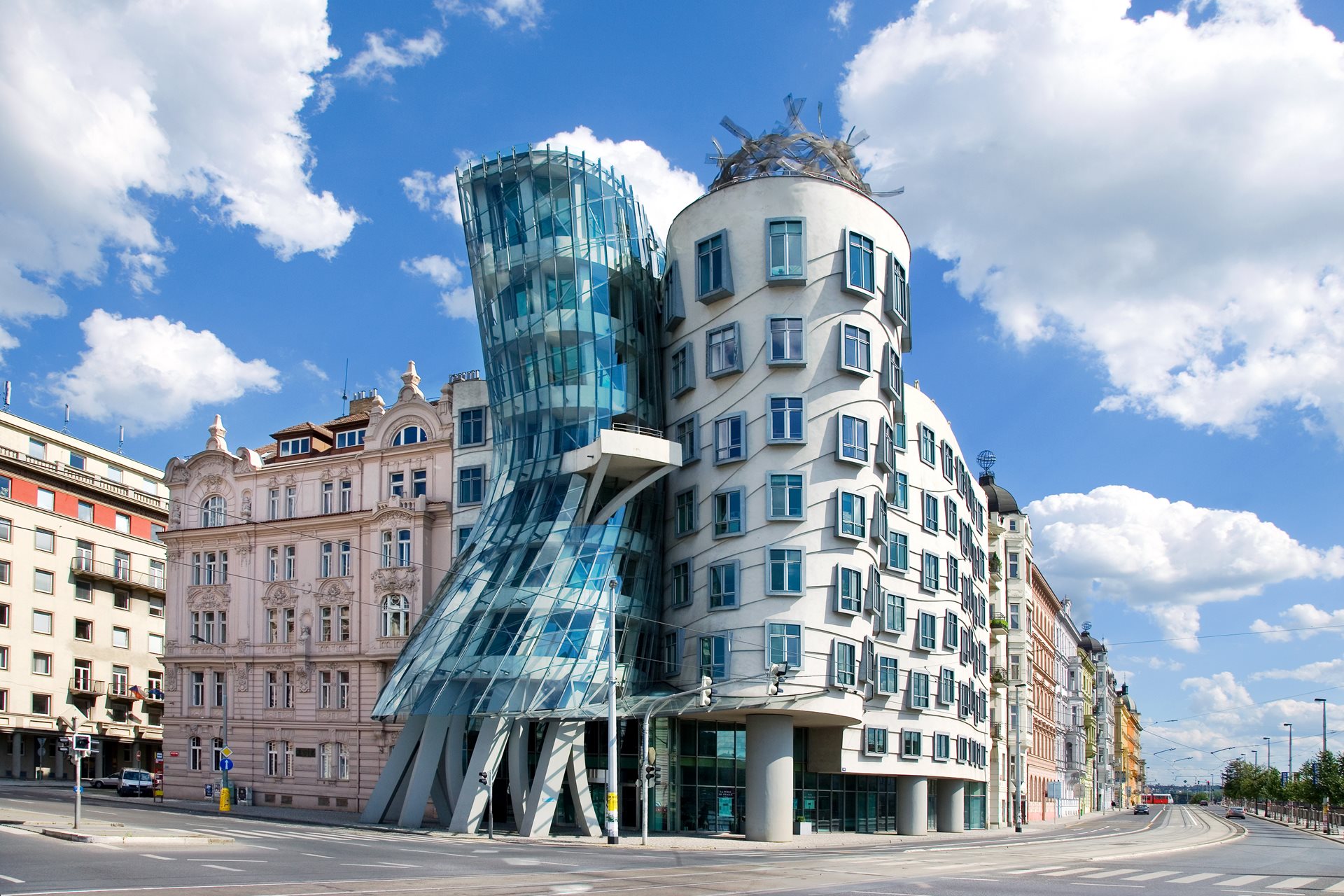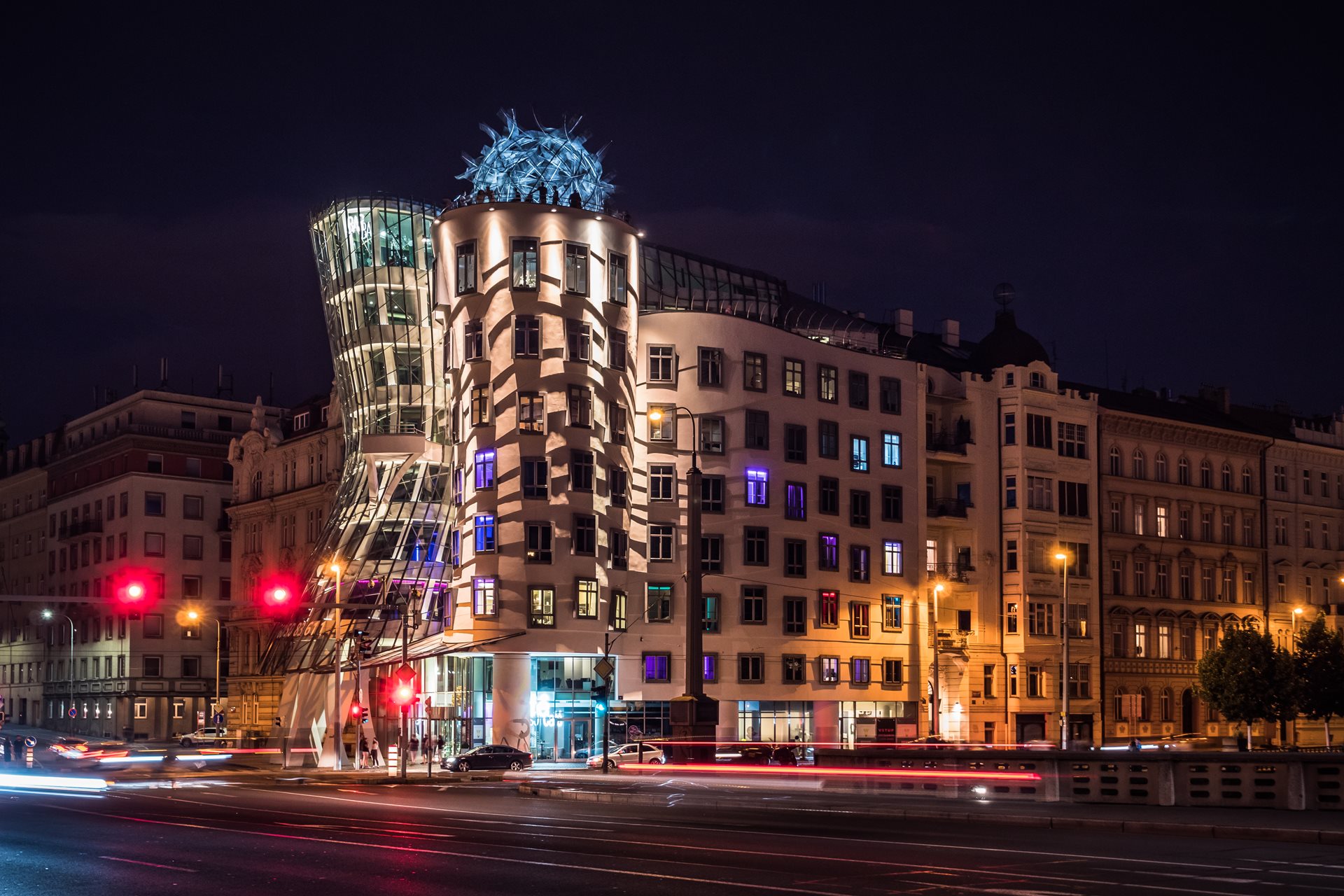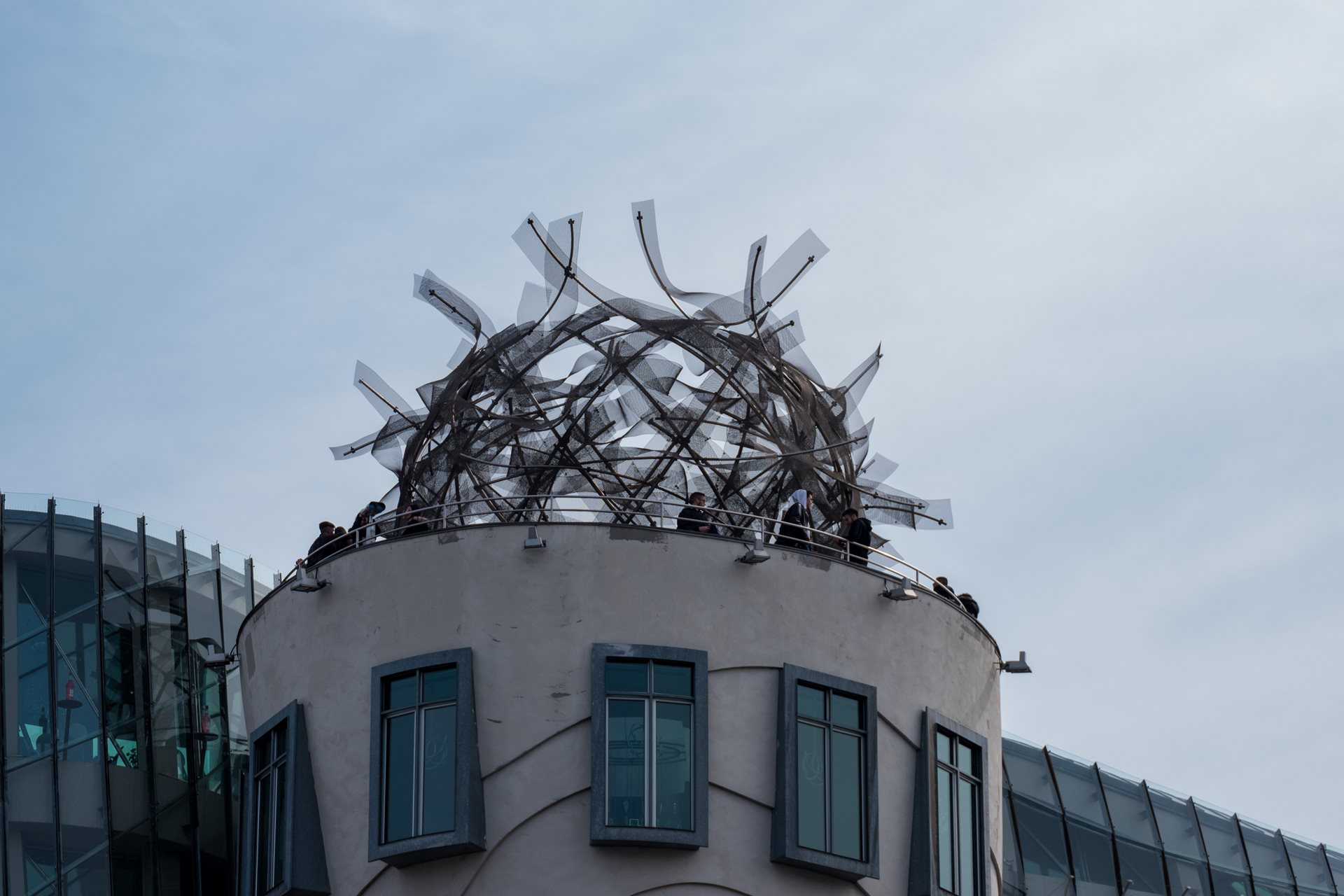The famous modern Dancing House in the center of Prague still arouses emotions. Roofing Megastore's analytical software, which compared the parameters of hundreds of the most famous architectural works with the numerical ratio known as the golden ratio, brought the Dancing House to 9th place in front of the German Neuschwanstein Castle.
The software described the building of St. Paul's Cathedral in London as the most beautiful of all the buildings, followed by Marina Bay Sands in Singapore and Westminster Abbey in England.
Even more interesting is that according to the study, there were only six more modern buildings in the top twenty, built in the 19th century and later. The construction of the Dancing House, which resembles the dancing couple Ginger and Fred, is among them on the third highest step. The house was designed by architects Vlado Milunić and Frank O. Gehry, the interiors of the investor's offices were partly entrusted to the British architect of Czech origin Eva Jiřičná.

The Dancing House is described as the first post-revolutionary building in Prague by the world's top architects and also as one of the city's symbols and a tourist magnet. It became an icon of the 1990s and for foreign visitors an icon of Prague, almost as well known as Charles Bridge or St. Vitus Cathedral.
Frank Gehry, a lover of ice hockey, is said to have accepted the offer because "he will do anything for the country that gave America Jaromír Jágr" (the great Czech ice hockey player who is famous also in North America. Vlado Milunić attributes the opportunity to promote such a controversial structure to post-revolutionary euphoria to Václav Havel, the director of monuments, Věra Millerová, and a rare interplay of coincidences.

The golden ratio is a fascinating geometric principle that is often used as a barometer of beauty. In art and photography, it is considered to be the ideal proportion between different lengths and is expressed numerically in a ratio of 1: 1,618. When comparing the buildings, the experts drew their necessary points and, using their own software, compared the distances between these marks with the marks determined by the ratio of the golden ratio.

Even more interesting is that according to the study, there were only six more modern buildings in the top twenty, built in the 19th century and later. The construction of the Dancing House, which resembles the dancing couple Ginger and Fred, is among them on the third highest step. The house was designed by architects Vlado Milunić and Frank O. Gehry, the interiors of the investor's offices were partly entrusted to the British architect of Czech origin Eva Jiřičná.

The Dancing House is described as the first post-revolutionary building in Prague by the world's top architects and also as one of the city's symbols and a tourist magnet. It became an icon of the 1990s and for foreign visitors an icon of Prague, almost as well known as Charles Bridge or St. Vitus Cathedral.
Frank Gehry, a lover of ice hockey, is said to have accepted the offer because "he will do anything for the country that gave America Jaromír Jágr" (the great Czech ice hockey player who is famous also in North America. Vlado Milunić attributes the opportunity to promote such a controversial structure to post-revolutionary euphoria to Václav Havel, the director of monuments, Věra Millerová, and a rare interplay of coincidences.

The golden ratio is a fascinating geometric principle that is often used as a barometer of beauty. In art and photography, it is considered to be the ideal proportion between different lengths and is expressed numerically in a ratio of 1: 1,618. When comparing the buildings, the experts drew their necessary points and, using their own software, compared the distances between these marks with the marks determined by the ratio of the golden ratio.







-(1).jpg?width=1920&height=1204&ext=.jpg)



